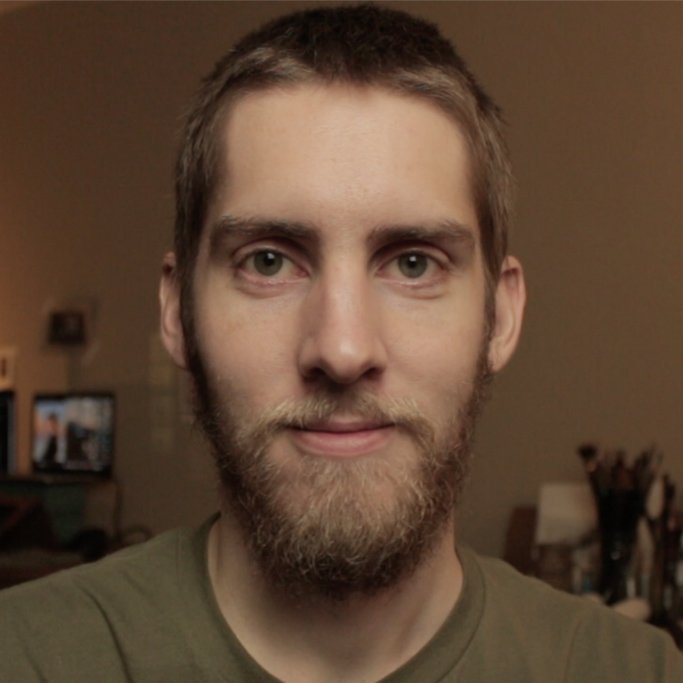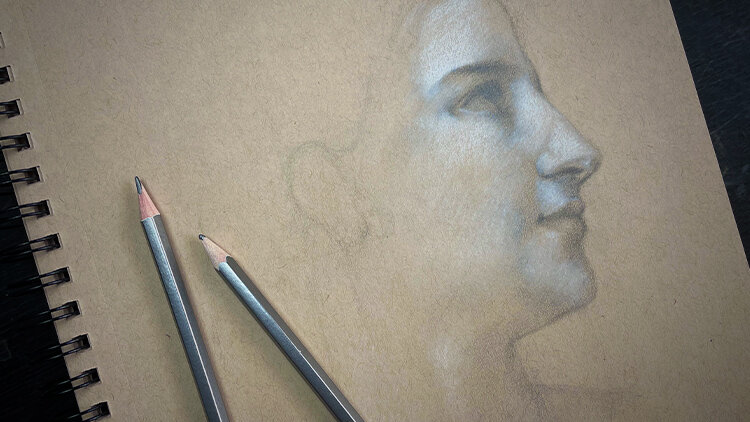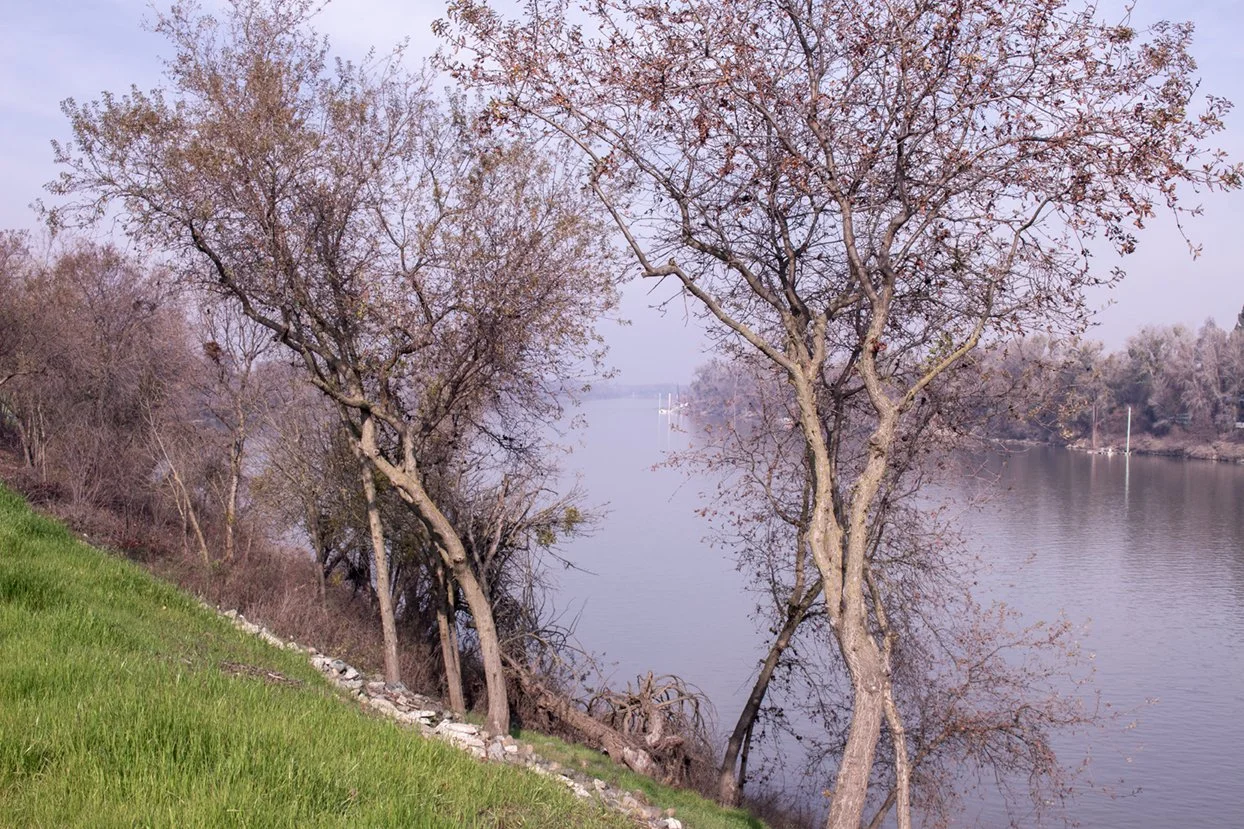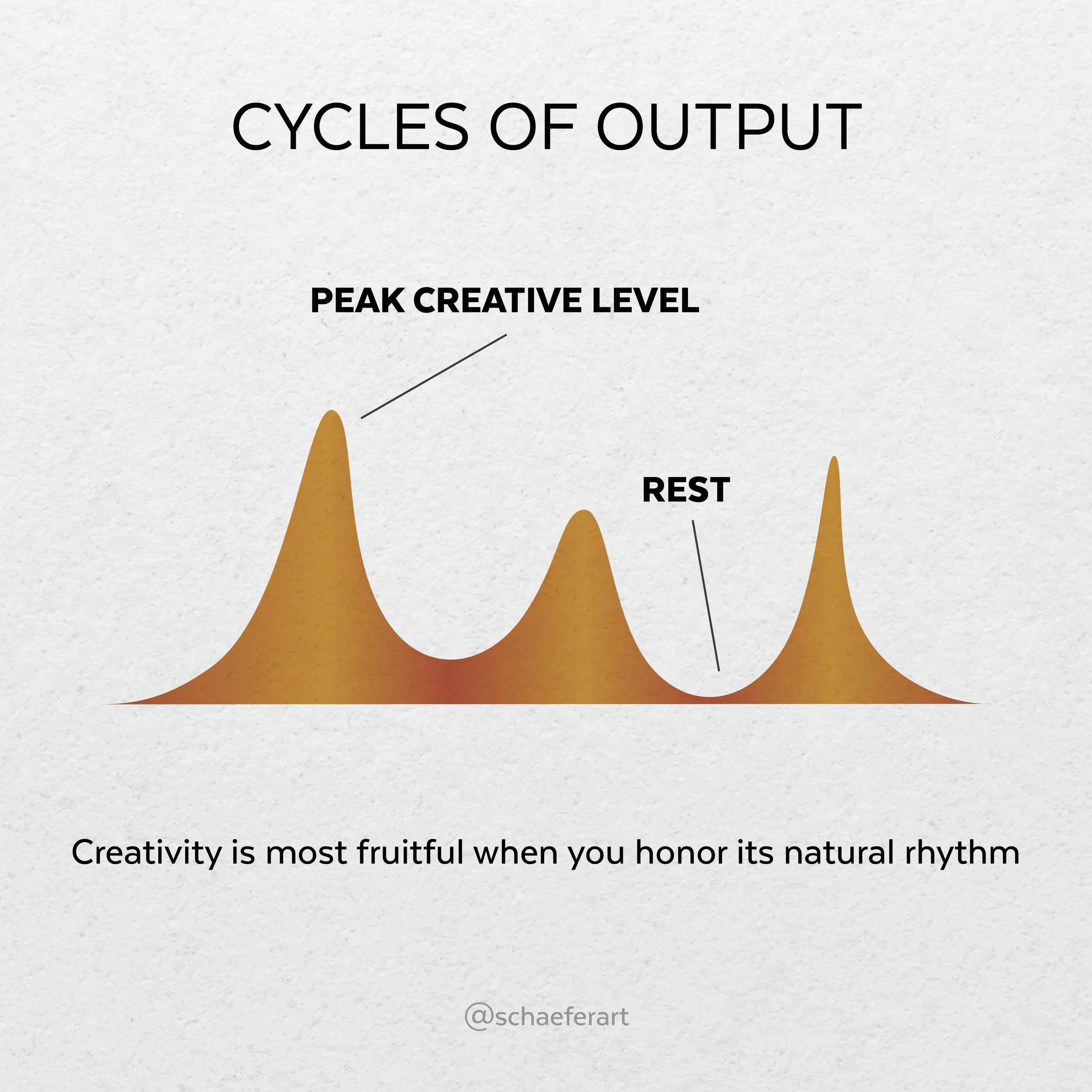The Ebb and Flow of Creative Energy
Somewhere along the way, we forgot how to live.
If you work less than 16 hours a day, society says you're lazy. How will you be happy and live the good life if you don't work hard?
This type of thinking is outdated and unhelpful, if not harmful.
Working long hours, putting pressure on yourself to create more each day is a recipe for burnout. This kind of lifestyle lacks balance and harmony. We weren’t meant to live like this.
The problem is: this goes against nature.
Nature is patient and takes her time.
Instant gratification and nature don't mix. The time-frames and pressure you put on yourself to achieve a goal are arbitrary. I'm not saying to never have a deadline or to never work hard. Deadlines and hard work are necessary but so is balance.
The more you burnout, the more you feed negative energy, thoughts, and feelings. Any mistakes or perceived failures you make lowers your self-worth, rather than providing you feedback for a better way to move forward.
We lost touch with what really matters.
The solution is to look to nature for the answer to this modern problem.
The Cycles of Nature
Nature is like the mechanism in an enormous clock. Everything is neatly arranged and interconnected. Every entity has its place and its function.
— Peter Wohlleben, The Secret Wisdom of Nature
Everything on Earth follows a cycle.
From seeds to trees to entire forests. The way food is grown and harvested. How clouds bring rain to rivers and water flows back to the ocean. Yearly animal migrations from the north to the south and back again. The four seasons which create the major weather patterns. I could go on forever but I think you get the point.
These cycles are delicately interconnected in ways we still haven't figured out.
Some cycles are short like the oxygen cycle which happens every day, while other cycles are incredibly long like ice ages which last for thousands of years.
As humans, we like to think we're separate from nature and from these cycles.
We've been able to modify our environments to be more comfortable and safer, only creating the illusion of disconnection.
The reality is that we're still a part of nature and our entire lives depend on these patterns and the delicate balance of nature. Nature, or the lack of it, still affects us every day.
Japan realized this back in the early 80's when they began to study the effects nature has on humans. This led them to the concept known as 'forest bathing'.
They found that being in a forest and fully immersing yourself in the experience using all of your senses:
boosts immune system
reduces stress
reduces heart rate
reduces blood pressure
reduces sympathetic nervous activity
improves mood
improves cognitive function and creativity
This simple fact shows us that our bodies still considers nature as home, even if we choose to spend all of our time indoors.
We've made our environments safer, but in doing so, we've lost touch with nature’s cycles.
We can look at the daily cycle of night and day or we can look at the yearly cycle of summer and winter.
Winter is a perfect example to show how important rest is to life and survival. Most mammals, birds, and insects hibernate in the sense that they use an adaptive function to lower their body temperature, among other things, to survive harsh winter conditions.
Squirrels, birds, bears, and a bunch of other animals spend weeks, if not months, preparing for this season of lesser activity and rest.
The point of all this is:
You are a part of a nature
You function better mentally and physically when regularly exposed to nature
Cycles of output and rest are built into nature and beneficial for your health and survival
If nature and rest are critical for your health and well-being, then why wouldn't you incorporate these two elements into your daily, monthly, and yearly creative cycles?
Finding Your Creative Rhythm
Life has different seasons, each with its own set of challenges and blessings.
— Brian P. Moran, The 12 Week Year
Just like the natural world thrives on cycles of growth and rest, your creativity flourishes when you find your own rhythm.
But most people don’t stop to observe these natural patterns in themselves.
The issue is that we force creativity into rigid schedules. We are expected to be productive every day, regardless of our energy or inspiration levels.
But what if instead of ignoring these rhythms, you started paying attention? What if you accepted that creativity ebbs and flows, just like the seasons? Like the cycles of nature. Some days are for generating ideas, some for refining, and some are for resting.
Learning to work with your natural rhythm rather than against it is the key to sustainable creativity. The best artists, musicians, and writers have an intuitive understanding of when to push forward and when to pull back.
If you’ve ever felt drained, uninspired, or stuck, it might not be a lack of discipline or motivation. It could be that you’re working out of sync with your own creative cycle.
The real challenge isn’t about forcing yourself to be creative.
It’s about finding the rhythm that works best for you.
Grow into Your Own
No two artists are alike.
The things you do and the way you do them are different than how I do them. What works for me, might not work for you, and vice-versa. These differences are what make you a unique artist and person. The imperfections in your work and the lens through which you perceive the world are valuable and can only come from you.
I'm more creative and feel better when I work during the day, especially the morning, and sleep at night. This schedule seems to be optimal for me and for my health.
But someone else may find themselves most awake and creative at night when everyone else is asleep.
In the book 'How to Winter' they mention a study that found that darkness and dim lighting:
Increases creativity
Makes you feel more free and less constrained
Makes you more open to taking risks
It helps you to imagine more creative answers and number of solutions to a problem
This explains why some people love to create at night instead of during the day.
Some people can work for many hours without ever feeling drained while most would need to rest.
There's nothing wrong with this and it's better to embrace it and accept who you are.
And when you accept this as a fact, you can begin to tune into your own creative patterns and start to make sense of them.
Observe Your Creative Patterns
Think of creativity as a cycle.
Inspiration
Growth
Output
Rest
Each phase matters and has its own importance.
Creativity is most fruitful when you honor its natural rhythm.
The best art, like the best fruit, comes when the time is right.
As humans, we all come equipped with the ability to recognize patterns. No matter where we look, we can find one, even if no real pattern actually exists. Looking up at the night sky, we find constellations. In clouds, we find all sorts of things, anything we can imagine. The stars and clouds are completely random but we create order from chaos and turn them into something more familiar to us.
In the same way, you can begin to observe yourself and find patterns in your creative cycle.
Do you find you work best in the mornings, or late at night? Are there days of the week where you feel more creative and energized? Do you have times during the year where you don't feel like creating or doing anything at all?
These are the types of questions you can start asking yourself to understand how you operate.
You can imagine these patterns in daily, weekly, monthly, or yearly terms.
Think about:
What you do on a daily basis
What's an average week like for you
Do you have things you do each month
Do you notice a shift in your energy throughout the year
Each of these patterns or cycles can help you to create more effectively by understanding yourself and how you're programmed.
Embrace these cycles and use them to your advantage. Know when to create and know when you need to rest.
Think in terms of music for an example. Each song has a structure made using different parts. There's an intro, verses, a bridge, a chorus, and a outro. All of these parts are necessary for a song to be what it is. Imagine each of these parts as a different cycle the song goes through from beginning to end.
Instead of forcing yourself to be productive all year, work with your own cycles. Create when you feel inspired and rest when you need to.
Don't fight against yourself.
This leads me to the next point.
Become Intuitive
What is intuition?
The dictionary says intuition is an instinctual knowing. It's something that doesn't require any conscious thought.
It's sort of a difficult concept to explain because of the subtleties and nuance involved.
The closest thing I can compare it to is a gut feeling. But a gut feeling is more of a physical reaction to a certain situation like a feeling of danger or survival.
Intuition, on the other hand, is more of a subconscious knowing and reasoning based on experiences from your past and other factors. I see it as a greater understanding of a particular thing or situation, using nuances and sensitivities which you may not always be consciously aware of.
Ways intuition helps my art:
guides the creation of my art
turns off negative thoughts
destroys doubt
gives me space to trust the decisions I make
This is how my Intuitive Drawing Course was created. The way that I learned to draw was a highly intuitive process over many years. And that's also why I decided to start the Intuitive Art School. I want the idea of using your intuition as a means to create art to become more known because everyone has a different perspective, especially in the art world.
In the future, I plan to create and host more courses in the Intuitive Art School regarding painting, travel sketching, and creative thinking.
Tune into yourself and let your intuition guide you.
Create in Bursts
I've noticed in myself that I tend do my best when creating in bursts.
This means that I can output consistently for a few months but after that, I need to recharge or shift my focus to something else.
Last July I started painting outdoors at a nearby lake. I had a ton of inspiration and creative energy built up and I needed to let it out.
Whenever I was free, I would drive to this lake about 10 minutes from where I live, and paint as much as I could. Most days I was doing two paintings but on rare occasions I pushed it to three or four.
The more I went out to paint, the more energized I felt.
I never felt tired of doing it.
There was always something new to paint or a new area to explore. Every day was completely different.
I painted 4-5 days a week for 4-5 hours a day. In the end, I made almost 300 paintings in 4 months. All were painted outdoors and on location. The only reason I stopped was mostly due to my day job hours ramping up and the weather becoming too cold and windy for painting.
I was able to manage doing this much without burning out.
An important point to mention is to create responsibly and do your best to avoid burnout. Do only what you feel you can manage during this intense time of passionate output. It's too easy to burnout quickly and waste all your creative energy.
To avoid burnout, you can look to honey bees for the answer.
Whenever bees find a significant source of nectar, they don't send the entire colony to drain it as quickly as possible. They're much smarter than that. They know that once that source of nectar runs out, they'll need other sources to survive. If they were to rob all the nectar for short-term gains, they could easily die.
In the same sense, we want to avoid using all our creative passion too much at once and burnout.
Nature provides us with wisdom we can use to our advantage when we need it.
Understanding nature’s rhythms can help you unlock a more sustainable and fulfilling creative flow.
Sync with Mother Nature
Creativity is cyclical.
Seasons of intense, inspired output followed by seasons of rest and reflection. Each season is a necessary step in the process, just as summer and winter are needed for crop growth.
Nature doesn’t rush.
Trust the process.
Over the years I've noticed that the seasons and weather affect my mood and the way I create my art.
Summer and fall are my favorite seasons to heavily create new paintings and creative work. Winter and cold gloomy weather causes me to feel down from time to time and it keeps me indoors a lot. I don't feel as creative during the winter season, but I do have moments of creative output in the studio.
Spring is sort of a transitional period which allows me to prepare for summer output.
This is all very general though and only one cycle of my creative work and output. There's many other factors involved in how and what I do on a daily and weekly basis.
But being able to know myself and understand that I can't go out and paint in the winter season is helpful to know. I can plan accordingly to do studio work or some other kind of business work during winter to balance out the creative output in the summer.
Seeing the changes in nature throughout the course of the year helps me to remember my own seasons of creativity.
Plant, Grow, Harvest, & Regenerate
Even though no two artists are alike, something we can all agree on is a love of food.
But I want you to imagine how food is grown and what happens before it reaches your plate.
Farming relies on the cycles of nature to grow food. If you go against these natural cycles then you won't reap the benefits of what you sowed, literally. Food goes through a number of phases before it can be processed or eaten.
It starts with the sowing phase.
1) Sowing Phase - Inspiration
This is the phase when the seeds are planted. If you want to grow crops, you start by planting seeds.
You can also view this in terms of creativity and the creative process. This would be the inspiration phase. You can brainstorm, analyze other art, learn useful methods and techniques, and begin to feel inspired to create something yourself.
You're like a sponge soaking up everything around you so that when the time comes, your ideas will begin to sprout and grow into something more than just an idea.
2) Growth Phase - Create
Next is the growth phase. The seeds have sprouted and have begun to grow into plants. All the energy is put into this phase to create the best fruit, vegetable, or flower the plant can possibly produce.
Light fuels this plant growth, just as curiosity and new ideas fuel your creative energy.
As a creative person, this is where you use all of that inspiration you've built up to create something of your own. You'll enjoy this phase the most because you'll constantly be entering a flow state each time you're working on a new creation. This flow state is like a meditation that soothes your mind, body, and soul all at once.
Create as much as you can without burning out. Don't be too hard on yourself and do your best to create freely without judgement.
The best art is made when you go with the flow and let it happen.
3) Harvest Phase - Analyze & Share
Once the fruit or vegetables have ripened, it's time for the harvest phase. We can begin to reap what we've sown.
Now you can look back at all the work you've created and see how it turned out. Analyze your work. Understand what works and what doesn't. Share your work and get feedback from other artists.
Each individual piece is important on its own, but it's also useful to see your pieces together as a whole.
Think of any artist you follow, I have no doubt that you like their work as whole, not just one piece alone by itself. Think of your art in the same way. The magic happens when you 'harvest' all your pieces and see them together.
Your own artistic voice and fingerprints begin to show themselves.
4) Fallow Phase - Rest & Recharge
The last phase, and in my opinion, the most overlooked phase is the fallow phase. It's time to give the soil a rest and time to regenerate.
You can feel proud of all you've created and rest. In today's society, we aren't encouraged to rest as much as we should. I do feel a small bit of hope though, because I can see the idea of rest becoming more popular in small circles here and there.
This phase of the creative process is just as necessary as all the other phases. It gives your mind a chance to take a break and process everything you've done. The mind truly never stops working and it will continue to solve problems in the background but consciously we won't be actively creating.
Once you take your time to rest and recharge, you'll feel full of energy again to slowly move towards the inspiration phase and start the process over.
Which phase are you in?
Use these different phases to help you move through your creative projects. They can be helpful to determine where you're at in the process and what you should do next.
How to Apply Nature’s Rhythm to Your Creativity:
Observe your energy and creative levels daily, weekly, monthly, and yearly
Schedule deep work when you feel most creative
Allow yourself time for intentional rest
Spend time in nature to reset your mind
Go with the flow of your creative cycles. Don't fight against yourself.
The only constant is change.
Do your best to embrace whatever comes.
Thanks for reading.
— Brandon Schaefer

I am an artist, writer, and instructor. As a previous graphic designer for a healthcare management business, I now teach drawing, painting, and discovering your passion with art.
When You’re Ready, Here’s How I Can Help You:

Unlock your artistic potential and learn to draw with confidence using the Intuitive Drawing method. From your first sketch to creating realistic drawings and subjects.



